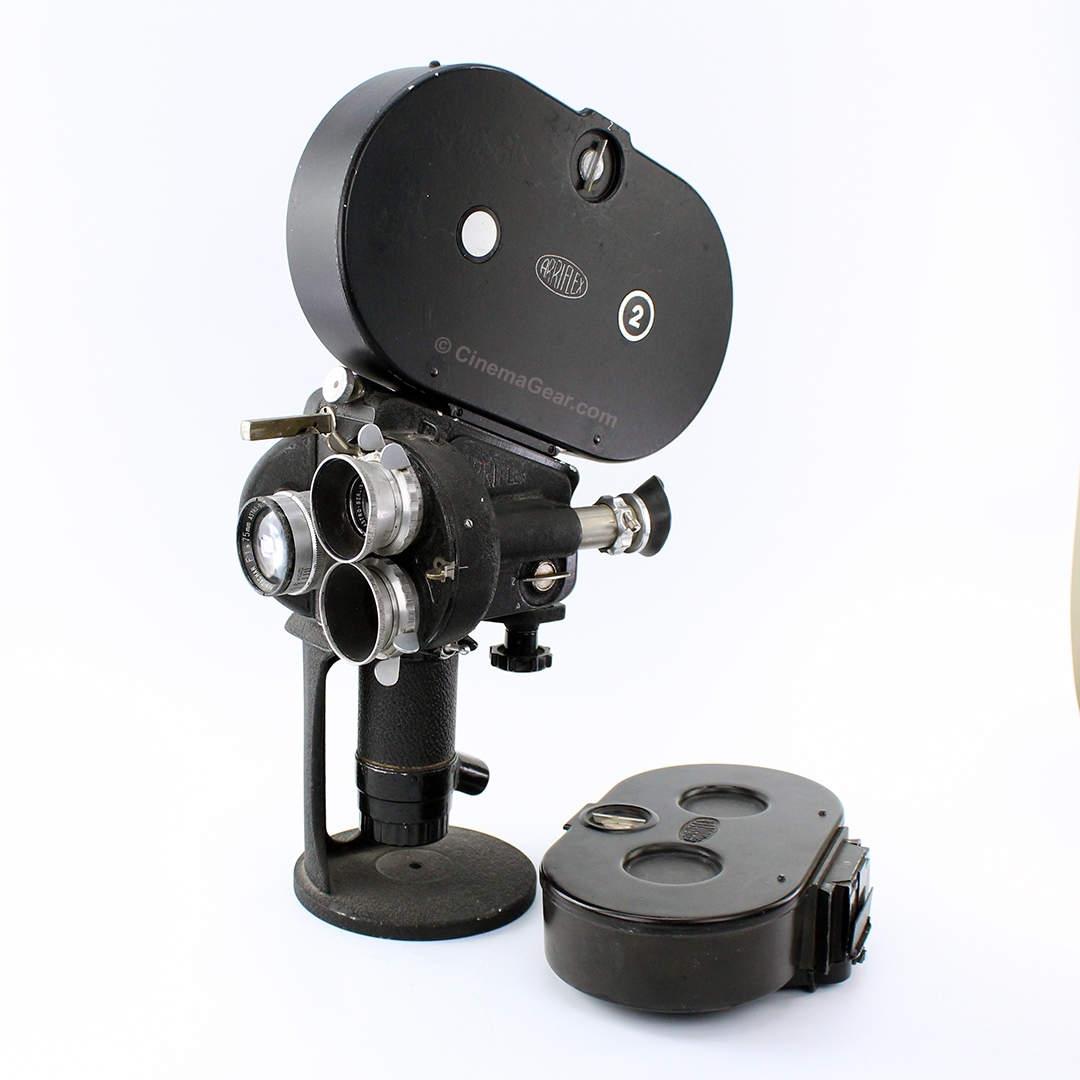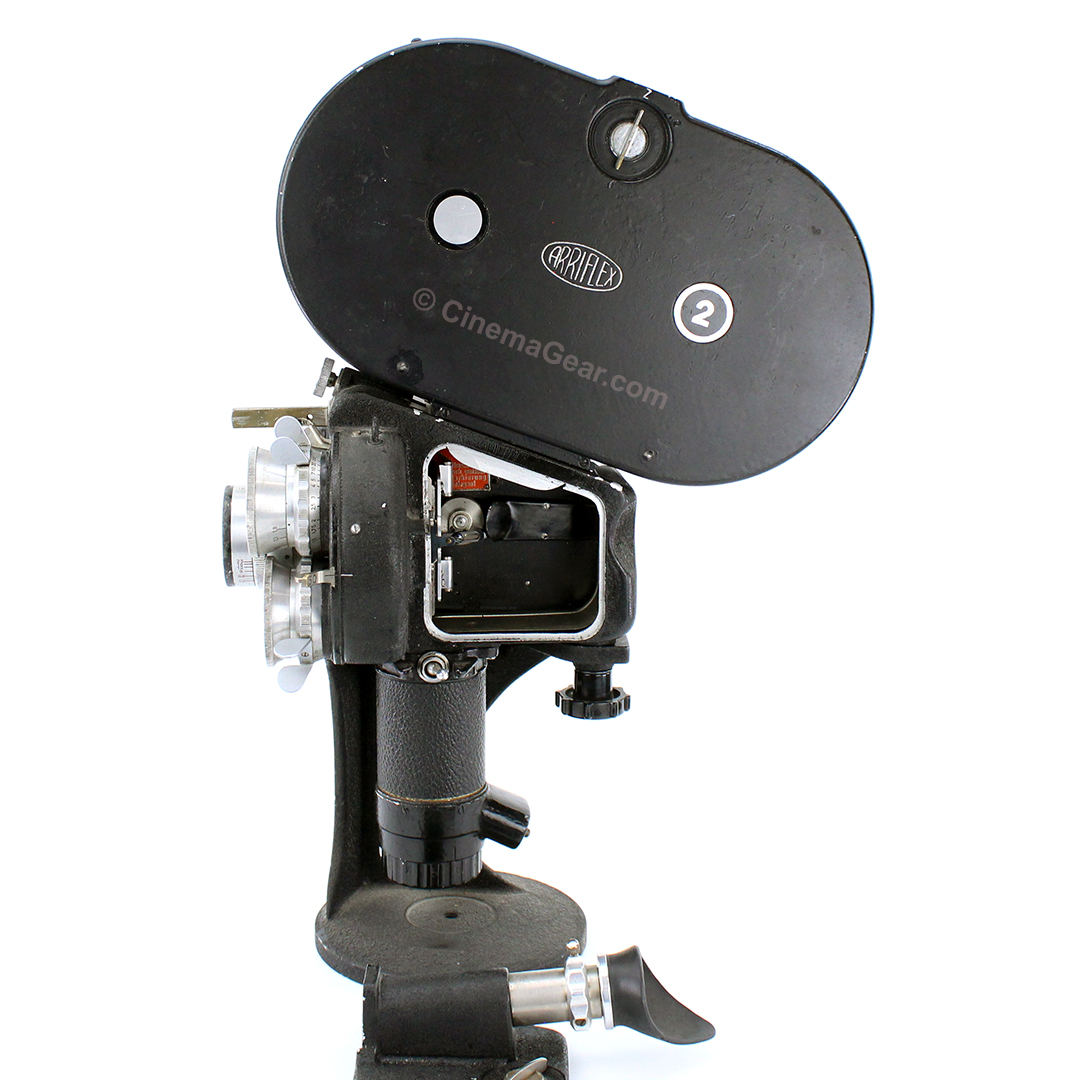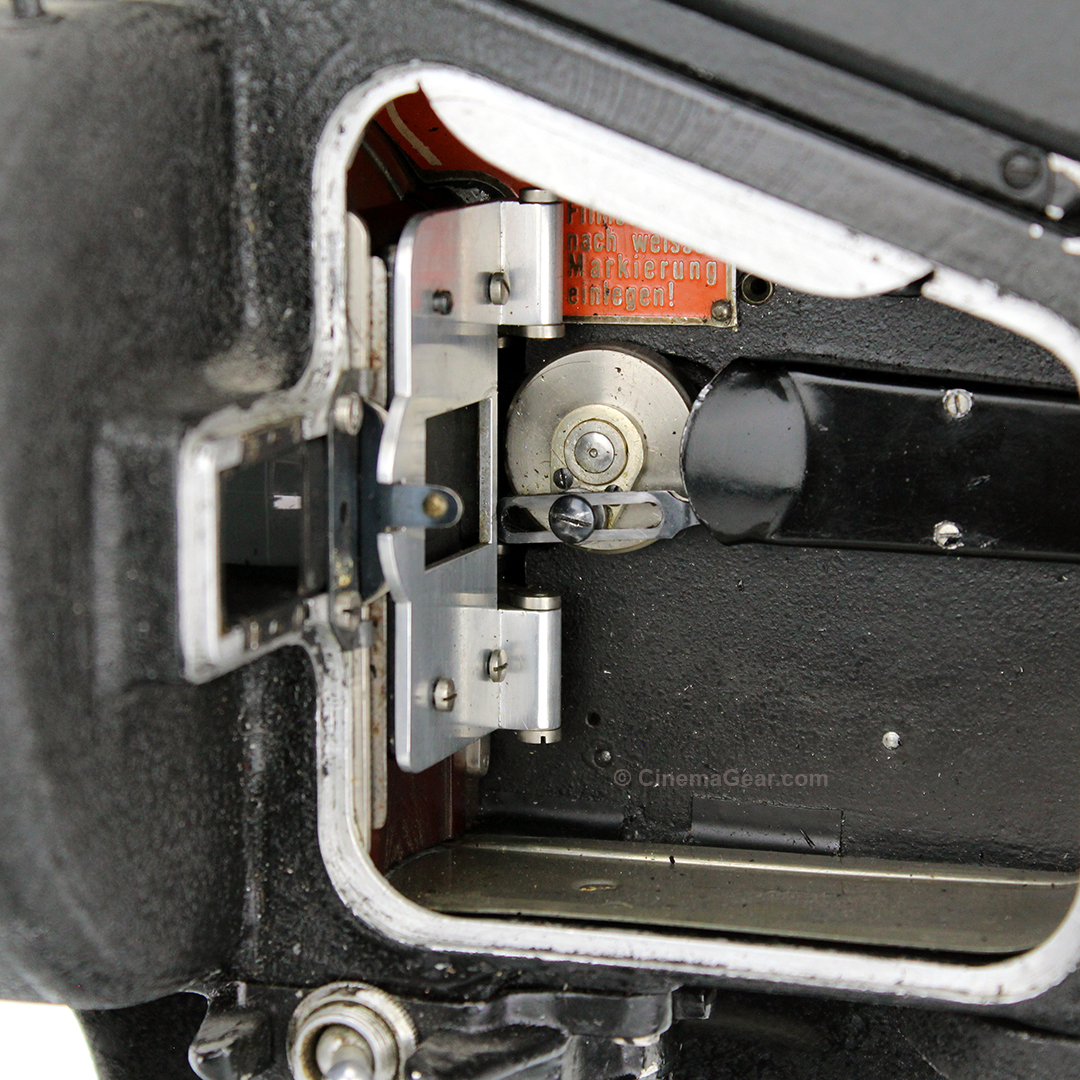
Arriflex 35 #807

$9,900
Item #C14542
Coming soon! The ARRI 35 was introduced in 1937, and was revolutionary in its design. It features a spinning mirrored shutter and a parallax-free erect image viewfinder, all in a compact, handheld package. These cameras were first used by the German military during WWII, and some early examples were captured by American troops and brought back to the US during and after the war. You can tell that this camera is an original ARRI 35 by looking at the pull-down mechanism, the phenolic aperture plate, the turret, and the matte box support system. This example, serial #807, is the earliest one we have had in our inventory and was built sometime prior to 1942. The camera comes complete with one 400' magazine, two 200' magazines, a variable speed motor, an ARRI high hat, three Astro Berlin lenses, and an original case. The ancestor of the popular, Academy Award Winning ARRI 2B and 2C, this ARRI 35 is a perfect addition to any camera collection.
A Brief History of ARRI
ARRI was founded by August Arnold and Robert Richter in Munich, Germany in 1917. Friends from school, Arnold and Richter already had some experience in the motion picture business, having worked as cameramen and lab technicians. They began their business by building a film copying machine using parts out of an old film projector they purchased secondhand. While sales of their machine were going well, both men continued their work in many aspects of the movie business, including as cinematographers, producers, and lighting technicians. In 1918, they worked on their first film with director Fred Stranz, a western called "Der Schwarze Jack" (or Black Jack).
By 1920 they were producing their own short films, and using the profits to improve their printers. In 1924, Arnold began designing their first motion picture camera, the KINARRI 35, as well as their first lighting equipment. This camera was completed by 1925 and Arnold sent it to Richter in the United States where he had gone to learn about the American film business. Their second camera, the TROPEN, which featured an adjustable rotary shutter, was produced during this time as well. In 1928, the KINARRI 16 was developed for an amateur filmmaking audience, along with a 2nd more advanced model that featured an internal spring wind mechanism. In 1934, with sound films now dominating the market, ARRI developed a portable sound camera, but patent issues prevented it from being sold commercially. Success came soon after though.
In 1937, the ARRIFLEX 35 was released, a revolutionary handheld spinning mirror reflex 35mm motion picture camera that featured a spinning mirrored shutter and a parallax-free erect image viewfinder. This design, which saw many innovations and updates after its introduction, was produced until 1978. The Arriflex 35 is a World War II vintage camera, and saw use by the German military during the war. Some early examples of the ARRI 35 were captured by American troops and brought back to the US. In 1946, ARRI introduced the next generation of this camera, the Arriflex 35 II. So influential was the Arriflex 35 series of cameras, that it was awarded an Academy Award of Merit in 1983 for "the concept and engineering of the first operational 35mm, hand-held, spinning mirror reflex, motion picture camera."
Sources:
- Jon Fauer, "The History of ARRI in a Century of Cinema", ARRI, updated 2021, View source.
- "100 Years Inspiring Your Vision", updated 2017, View source.
- Jorge Diaz-Amador, "Camera Profiles - Arriflex 35-II Series," updated 2020, View source.
- Jan Heugel, Arnold & Richter Cine Technik GmbH & Co. Betriebs KG, email message to owner, November 12, 2019.






